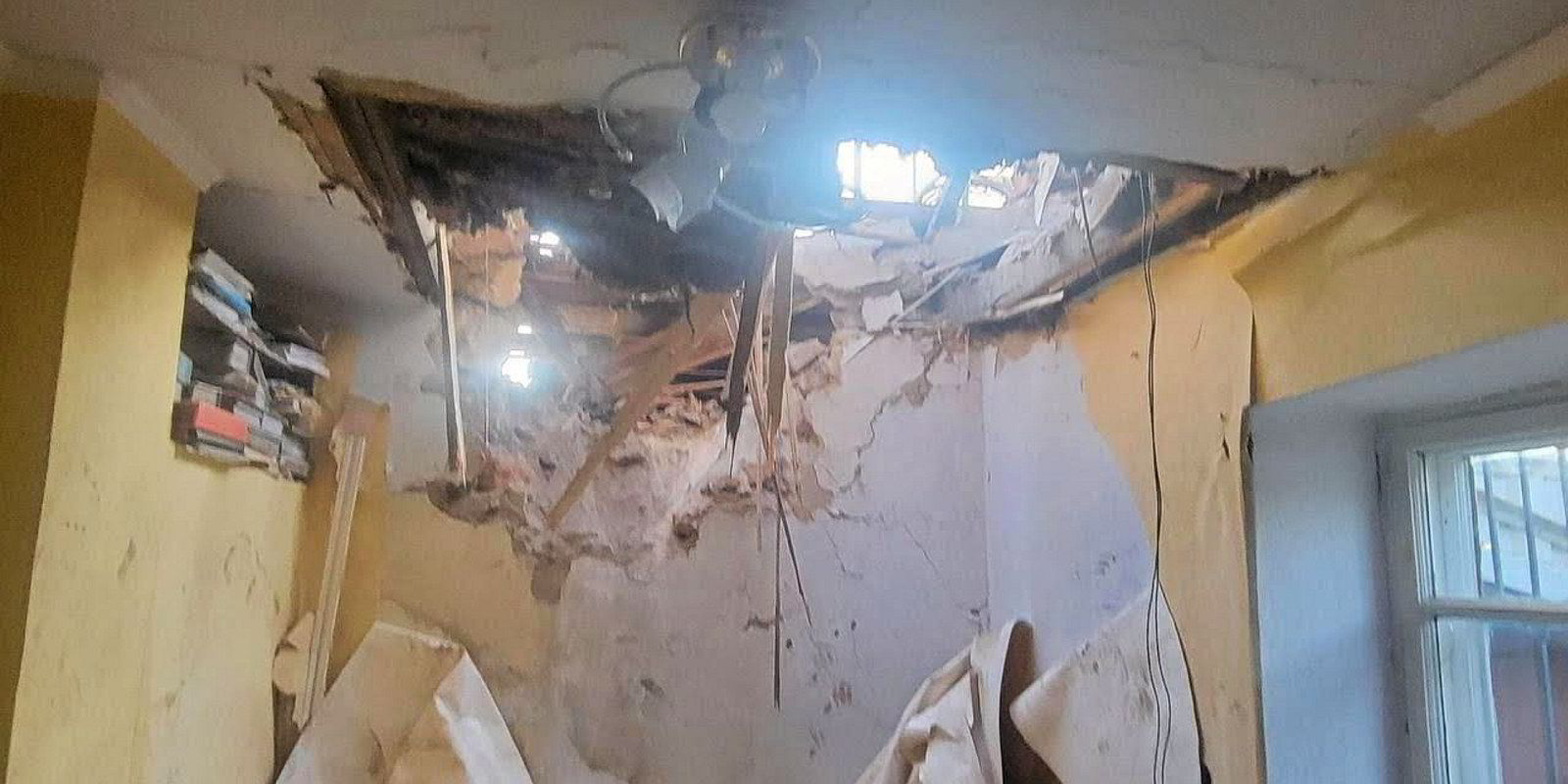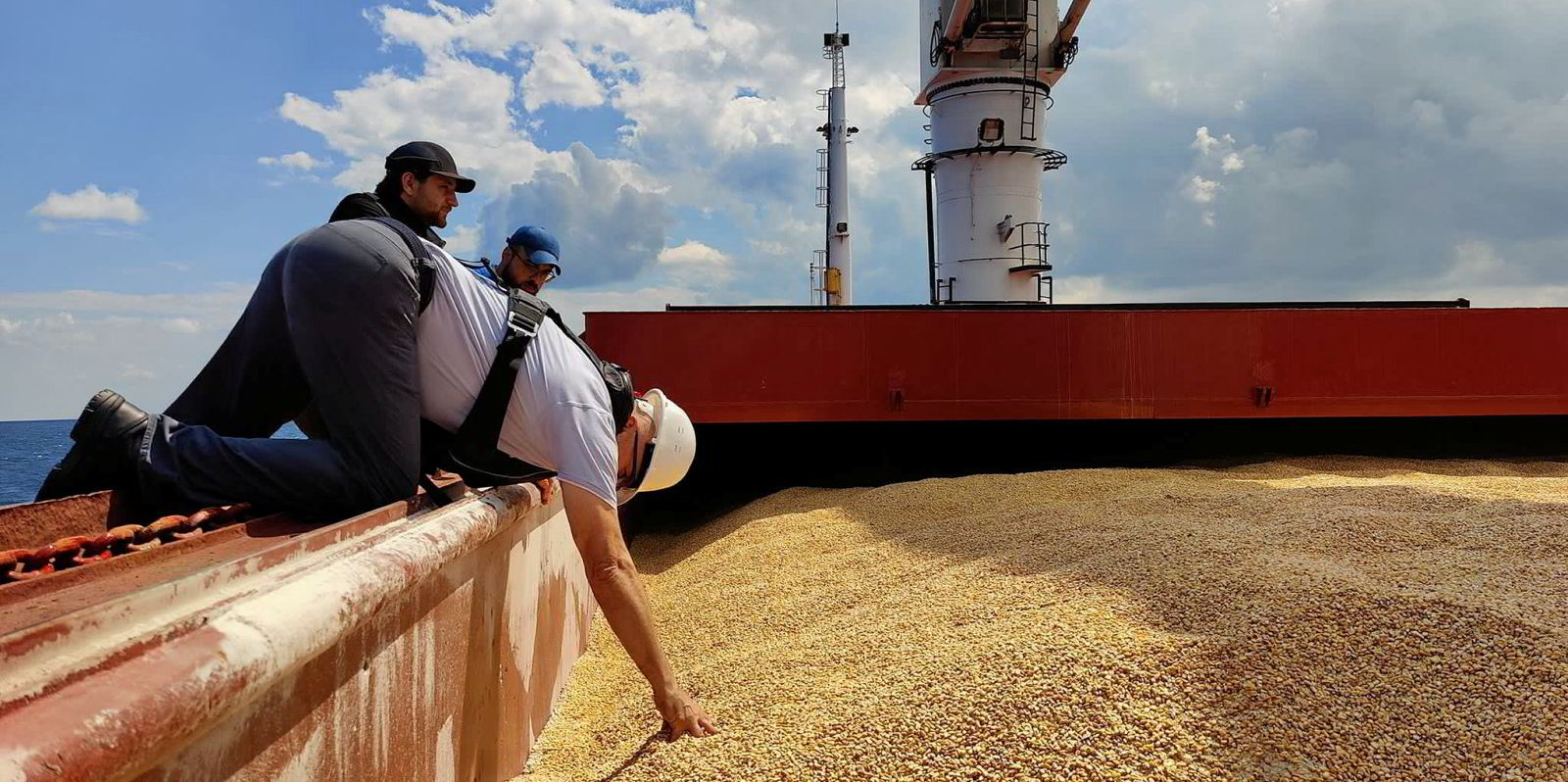Russian forces hammered the port of Odesa for the second day in a row after Moscow quit a United Nations-brokered Ukraine grain export deal.
The attacks on Tuesday night and into Wednesday morning were wider and more intense than the day before, with the nearby port of Chernomorsk having been targeted as well.
Ukrainian official Sergey Bratchuk said on his Telegram channel that Russians struck the Odesa region “with dozens of missiles and attack drones”.
Berths, as well as grain and oil terminals in the ports of Odesa and Chornomorsk were attacked.
Damaged facilities include grain and port infrastructure serving local and international traders such as Kernel, Viterra and CMA CGM Group, Bratchuk said.
One Russian blogger, citing a Ukrainian telegram channel, said: “It is now definitely clear that the Russians are hitting the entire port infrastructure.
“Odesa, Ilyichevsk [Chernomorsk], Ochakov, Nikolaev [Mykolaiv] — everywhere are recording arrivals.”
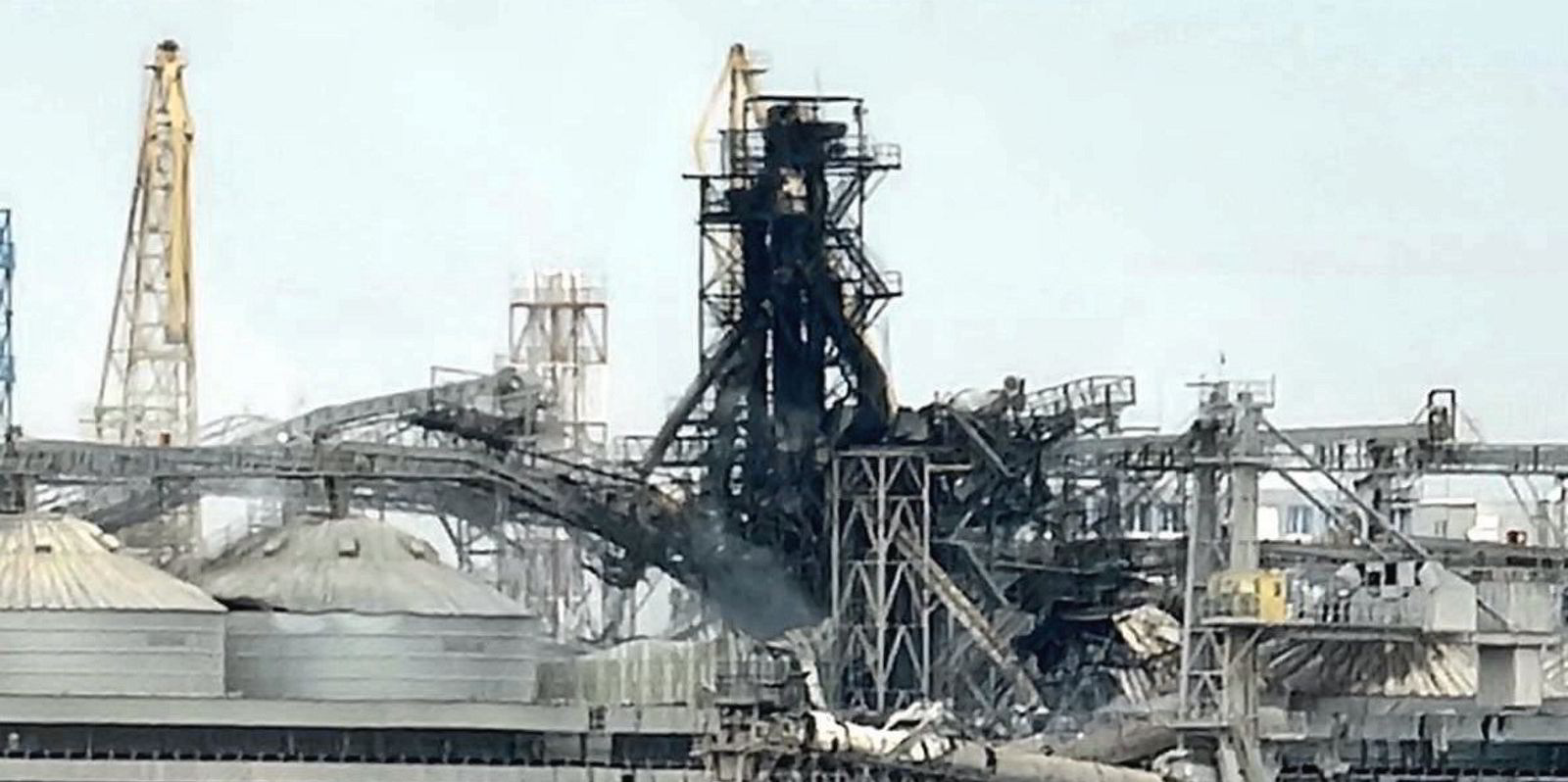
No fatal casualties have been reported so far. There are also no accounts yet of damage to stranded ships in the region. More than 60 vessels are stuck in several ports throughout the country after Russia invaded Ukraine in February 2022.
“One of the worst nights. This scale of attack, we do not remember since the beginning of a [the] full-scale invasion,” Odesa mayor Gennadiy Trukhanov said on his Telegram channel.
Various Russian bloggers reported about the strikes as well.
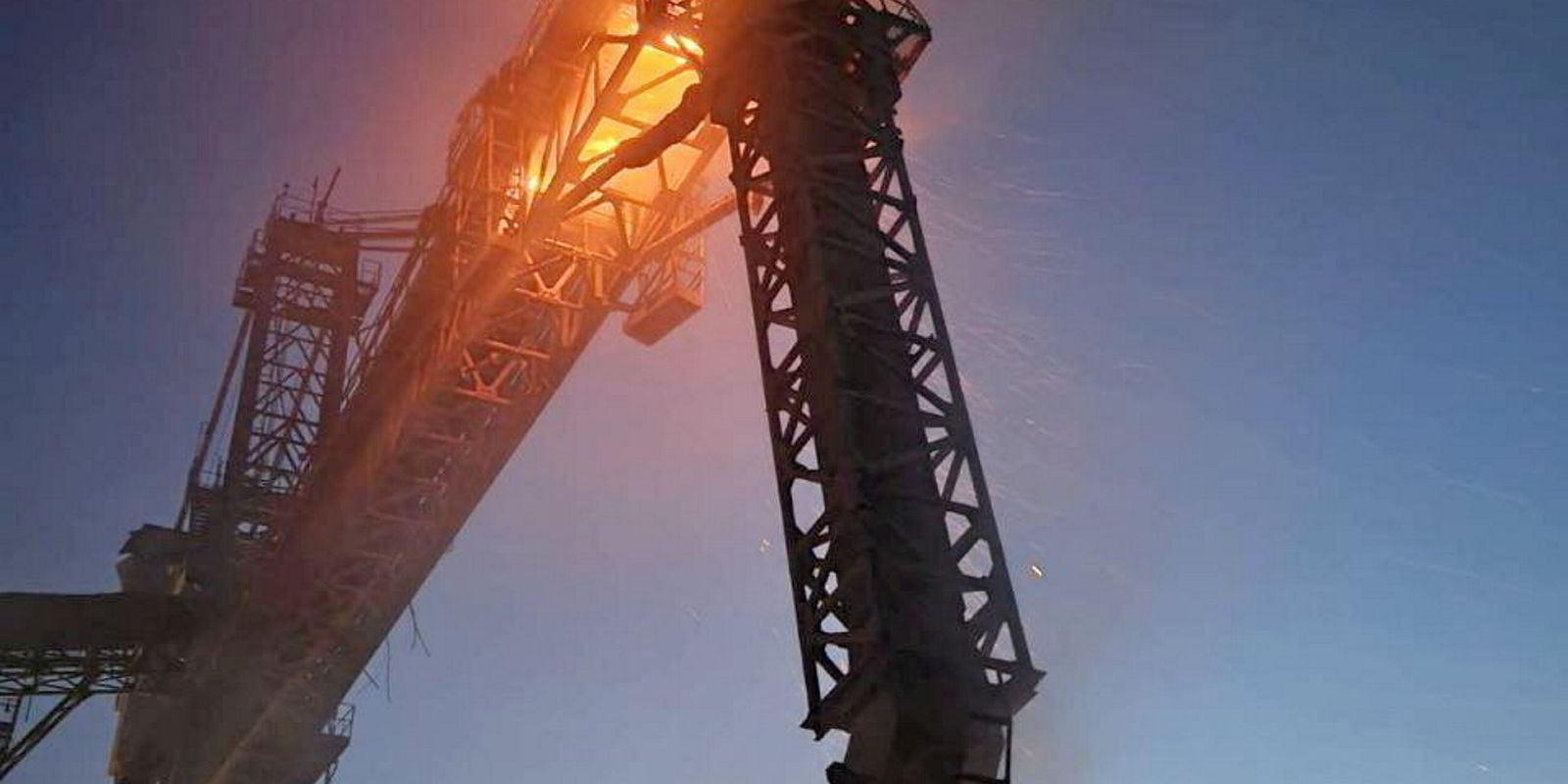
According to the unofficial Russian accounts, they were carried out by six missiles, followed by a swarm of kamikaze drones.
Targets on Wednesday possibly included air defence installations at the port identified after the first wave of attacks overnight into Tuesday.
No way out
The attacks came right after Russia pulled safety guarantees for waters near Odesa, through which the UN-led Black Sea Grain Initiative corridor used to pass.
Russia had already declared on 14 July that parts of the Black Sea were dangerous for navigation due to floating Ukrainian mines in the area.
On Wednesday, for the first time, the Russian defence ministry published details and footage of a mine it claimed to have discovered and destroyed 180 kilometres (112 miles) north-east of the Bosphorus.
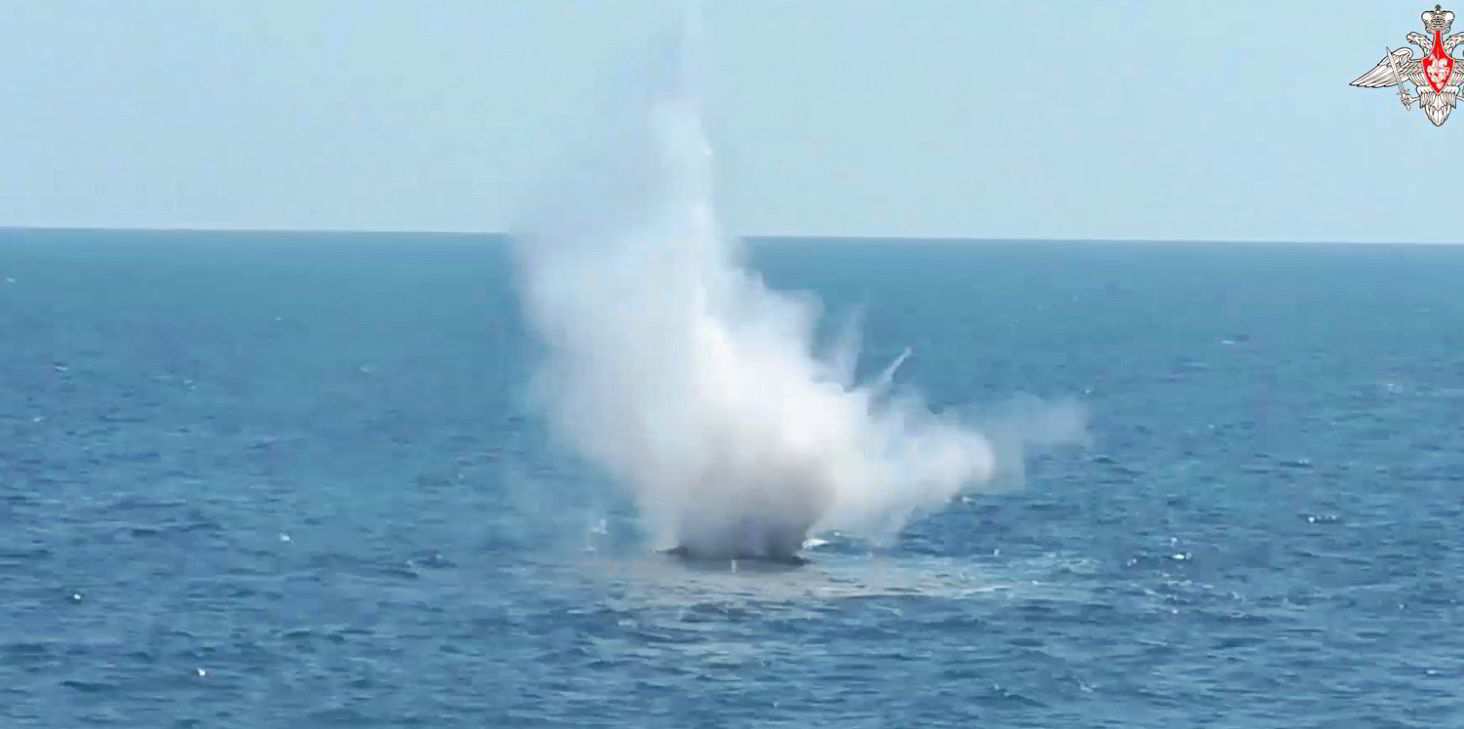
As TradeWinds already reported, all the developments and attacks show that there is no conceivable possibility for seaborne Ukrainian grain exports after Moscow quit the grain initiative.
This leaves rail, truck and Danube river barges as the only imaginable ways to bring such foodstuffs to international markets.
Ukraine indeed has made increased use of such alternatives, propped up by European Union (EU) money and import facilitation.
However, that export venue has some bottlenecks as well.
One of them is its dependence on water levels in the Danube.
Furthermore, removal of EU tariffs on Ukrainian grain stirred farmer protests in several East European EU member states, which promptly announced unilateral bans on its import.
In May, the EU grudgingly exempted Poland, Hungary, Bulgaria, Romania and Slovakia from the obligation to freely circulate Ukrainian wheat, maize, rapeseed and sunflower seed in their territories.
However, Ukrainian foodstuffs can freely pass through these five countries in transit. The breakdown of the Black Sea Grain Initiative also makes Russia’s own grain exports through the Sea of Azov more complicated.
A Ukrainian attack on the bridge of Kerch, which links Russia proper with the Russian-occupied province of Crimea that broke away from Ukraine in 2014, led to a halt in ship traffic between the Sea of Azov and the Black Sea.

